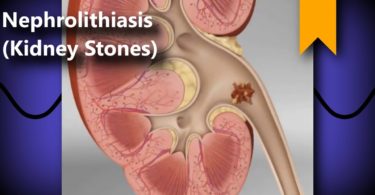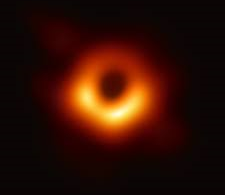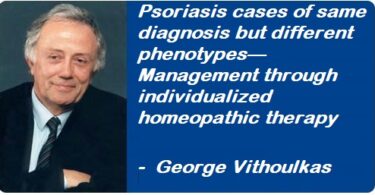
A Gateway to the Organon of Medicine (part 2)
Bray Williamson MA Lic.BS Hom
In Part 1 of this series I covered the first and second aphorisms of Samuel Hahnemann’s Organon of Medicine. In this, the second part of my Gateway to the Organon of Medicine, I shall reveal the meaning within the third and fourth aphorism.
The third aphorism is quite long, so I shall break it down into smaller segments that are easier to work with.
‘If the physician clearly perceives what is to be cured in disease, that is to say, in every individual case of disease…’
Once again we see Hahnemann using the word physician, and not homoeopath. This call to understanding is a call to all who seek to heal the sick. Here he is also unequivocally stating that each case of disease is different, and that each one must be understood in an individualised way.
What is curious however, is that he says a physician must, ‘…clearly perceive what must be cured in disease.’ He does not mention the patient, or curing their symptoms due to the fact that he is referring to the Dynamis or Vital Force. We must have a clear understanding that the true cause of disease is the derangement of the Vital Force and this is what must be cured in order to remove the symptoms of illness from a patient.
Within the third aphorism, Hahnemann also states, ‘…if he clearly perceives what is curative in medicine, that is to say, in each individual medicine…’
Once again Hahnemann uses the term ‘clearly perceives’, so we must be certain without speculation or assumption, of that which is curative in a medicine. The importance here is the medicine being curative and not palliative. As homoeopaths we know that such perception can only come from a homoeopathic proving. He also states that this clear understanding must be with regards to each individual medicine. From this it is clear that the use of ‘combination homoeopathic remedies’ falls foul of this third aphorism, as it is speculation without individualisation and without a knowledge of what is curative.
Similarly, allopathic drugs fall foul of these first two parts of the third aphorism, as they mask the symptoms of disease without a true understanding of what needs to be cured in disease, and without any true perception by the prescriber of what may, on rare occasions, be accidentally curative in their drugs.
Hahnemann continues: ‘…and if he knows how to adapt, according to clearly defined principles, what is curative in medicines to what he has discovered to be undoubtedly morbid in the patient, so that the recovery must ensue-to adapt it, as well in respect to the suitability of the medicine most appropriate according to its mode of action to the case before him…’
Here, for the first time, Hahnemann mentions the patient, and that the clearly understood medicine to be administered to the patient must be given due to clearly defined principles. In homoeopathy, this clear definition of a remedy’s administration is through ‘like cures like’, and this can only occur if we understand without speculation, what needs to be cured and how a remedy works.
Hahnemann continues: ‘…as also in respect to the exact mode of preparation and quantity of a required (proper dose), and the proper period for repeating the dose…’
To homoeopaths this statement is clear. The preparation of a remedy through potentisation, the proper dose, is understanding the correct potency to prescribe for any given patient, and when we should repeat a remedy, which is, in the main, if symptoms start to reoccur.
For the last part of the third aphorism Hahnemann concludes with: ‘…if, finally, he knows the obstacles to recovery in each case and is aware how to remove them, so that the restoration may be permanent: then he understands how to treat judiciously and rationally, and he is a true practitioner of the healing art.’
Obstacles to recovery can be of our own making through assumption, or through the life choices of the patient or their environment, therefore we must always be aware. To be a true healer, we must work on ourselves, and advise our patients only when appropriate.
To summarise the third aphorism, Hahnemann is telling us to understand the nature of disease. He is reminding us that when we take a case we must clearly understand the pathology of the patient. We must understand the curative nature of a remedy, and through ‘like cures like’ we must match that remedy with the correct potency to the patient. Finally, we must continually be aware of obstacles of our own making, or of the patient’s making, and remove them so that cure occurs permanently. This then is a true practitioner of the healing arts.
The fourth aphorism is somewhat shorter: ‘He is likewise a preserver of health if he knows the things that derange health and cause disease, and how to remove them from persons in health.’
This fourth aphorism is a call to all to be aware that prevention can be better than cure, by being on top of the many morbid influences that can affect a healthy person. In Hahnemann’s day there were many different issues such as contaminated water, spoiled food, and the use of toxic substances in the name of medicine. How strange it is that 200 years later there has been so much change, and yet so much remains the same.
As homoeopaths we must be aware of these issues and ensure that we do not keep quiet about them, rather advise whenever possible to help people remove these toxic elements from their lives in order to preserve health.
In my next journey into the ‘Organon of Medicine’ I will delve into the fifth and sixth aphorisms.




